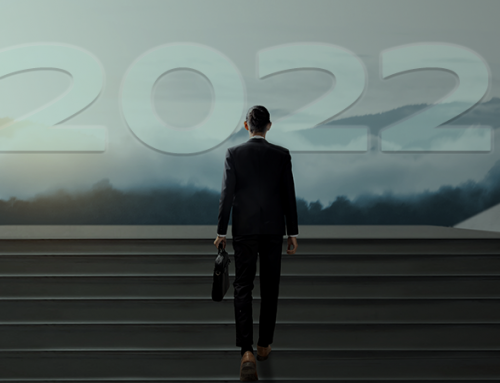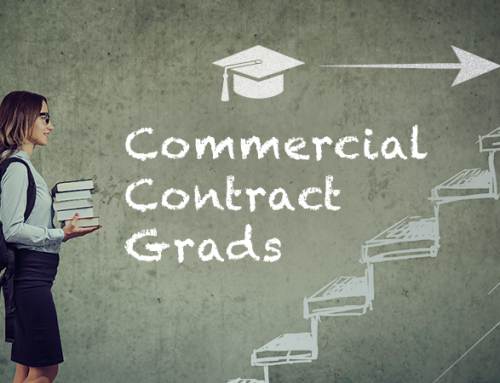The Aerospace and Defence sector has a longstanding diversity problem. Many organisations are aware of the disparity and actively seeking ways to include better representation of groups. But the diversity challenge is still a thorn in many sector leaders’ sides, not least because of the headlines generated whenever gender pay gaps or BAME (black, Asian and minority ethnic) recruitment figures are revealed.
However, headlines can be deceiving and while more can and is being done to better redress the inequalities that exist, we must not lose sight of the great strides that have already been taken over the last few years. Take the issue of pay as a case in point.
Pay disparity
Figures obtained by PayScale show that the median salary for male workers within the sector stands at £37,591 while for their female colleagues that figure is 13 per cent less – at £32,609. Yes, there is a sizeable gap but compared to the UK national average pay gap of 17.9 per cent, the aerospace industry is faring rather well in that regard. Much of this is down to the concerted efforts of many of the sector’s largest employers.
Indeed, BAE Systems recently reported their 2019 median gender pay gap to be at 9.1 per cent – a narrowing from the 11.2 per cent reported in 2018. Rolls Royce, for their part, has a reported median gender pay gap of 8.1 per cent, while MB Aerospace’s stands at 6.4 per cent. Mettis Aerospace states theirs at 3.4%.
The industry as a collective has rallied to drive greater parity when it comes to pay. Last summer, 50 UK companies in the aerospace and aviation sectors signed a Charter to work towards gender balance within the industry. By abiding by the terms of this new agreement, the sector as a whole could do much to address that other major challenge to which it has long struggled to effectively address – attracting new talent into the industry.
Overcoming the STEM challenge
In 2015, the then Aerospace Industries Association Chief Executive Officer Marion Blakey, stated that the industry does “not have a robust pipeline of young people with the right skills and training coming into the workforce.” She was right then and the same can still be said today. Indeed, the aerospace industry is being faced with some critical skills gaps. Boeing, for instance, estimates that the sector will need 637,000 more pilots and 648,000 airline maintenance technicians by 2036.
However, progress in tackling the skills shortage is certainly being made. According to The Engineering Council, the number of female engineers is rising year on year and now make up 13 per cent of Chartered Engineers. But, clearly, there is still a long way to go. Then there is the representation of people from different ethnicities or sexual orientations to consider; a third of engineers from minority ethnic backgrounds don’t find engineering very inclusive and 85 per cent have had assumptions made about them based on their ethnicity. Moreover, why should the aerospace industry encourage diversity?
Recruiting from a more diverse talent pool will help to fulfil those needs, and organisations will also benefit from getting the best talent for each role and a wider range of viewpoints to better inform business decisions. And it all starts at the very beginning.
Start as you mean to go on
Improving diversity is a long game. Companies must inspire the next generation to look at aerospace and aviation as a potential career path. For example, aerospace firm Northrop Grumman has been working with schools to promote STEM education amongst women and ethnic minorities. It also provides educational grants and internships.
Inviting female and BAME role models to speak in schools is one of many vital steps, which will make all students aware of the opportunities open to them.
Improving the employer brand
A company that can show a diverse workforce and that is actively addressing the diversity challenge will be a more attractive proposition to new recruits – particularly younger workers. They are more likely to work for an employer who shows them that they focus on inclusion and that it’s their skills and experience that really matter.
Financial performance
Improving diversity goes beyond generating positive coverage and improving reputation. It can have tangible impacts on the bottom-line and can boost financial returns. Companies with good gender diversity were found to deliver better long-term returns by investors. Plus, having a mix of ethnicities on a team can make it easier to understand and enter new geographies.
The diversity challenge in aerospace is significant and requires industry-wide collaboration to address it. Solutions are required at several levels – within schools, within the industry and outside of the sector. Improving diversity should be a priority for aerospace companies, not only because it is the moral thing to do, but because there are many business benefits to be realised.






